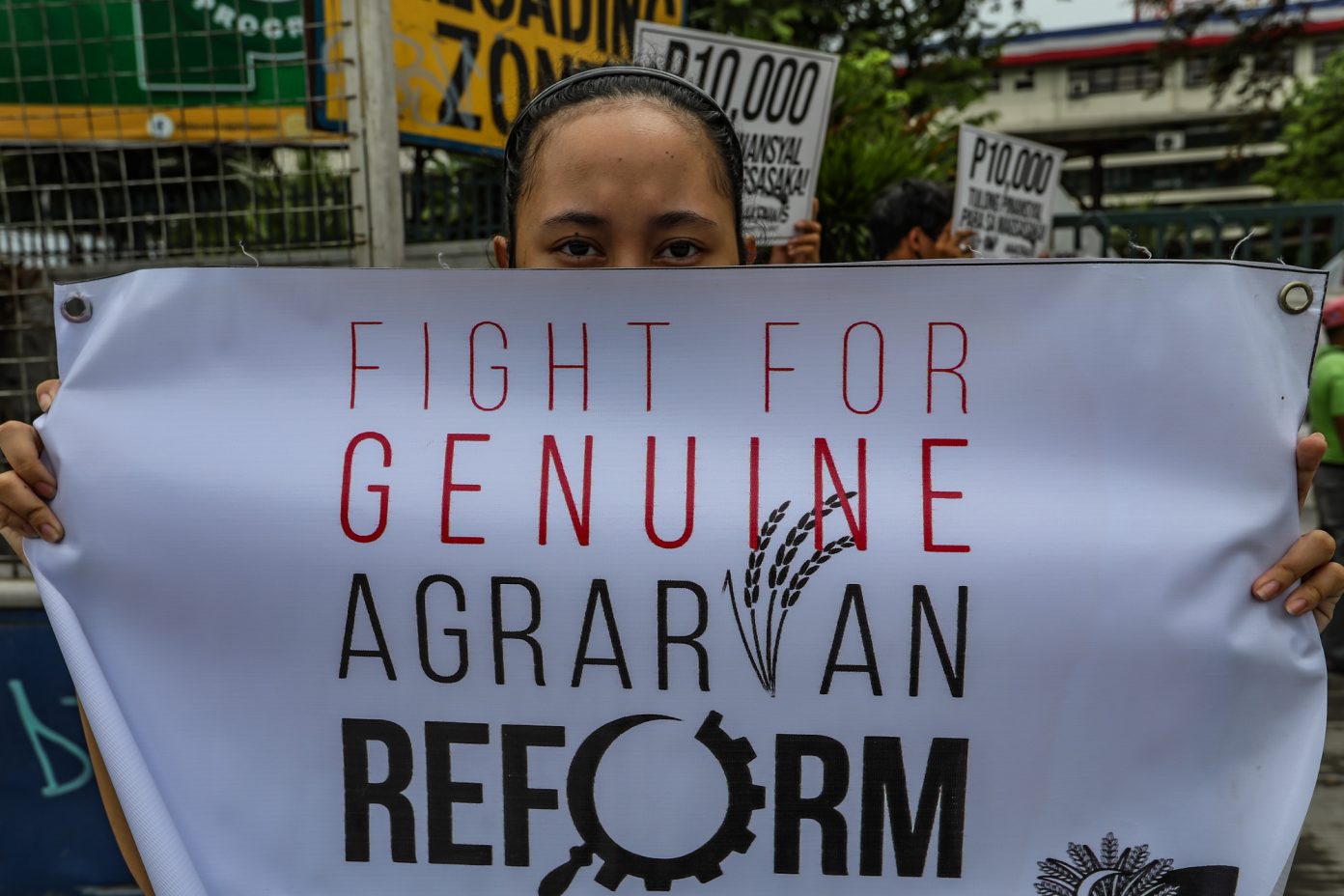Farmers’ groups in the Philippines appealed to Asian Catholic Church leaders, who are currently meeting in Thailand, to back the call for land distribution in the region.
“The cry against landlessness … is stronger if the bishops will rally behind the peasants,” said John Milton Lozande, secretary general of the Union of Agricultural Workers.
“If our Church leaders really want to help alleviate us from poverty, then they must help us fight landlessness,” said Lozande, who is also spokesperson of the National Federation of Sugar Workers.
He said Filipino farmers remain poor because of the absence of “genuine measures for their emancipation from poverty.”
Meanwhile, Caritas Philippines, the social action arm of the bishops’ conference in the country, has been providing legal and financial assistance to landless farmers to expedite land distribution.
Jing Rey Henderson, communications head of the organization, said at least 4,170 families have been installed in their lands with the help of the Catholic Church’s program.
“We acknowledge that the root of many problems, such as poverty, food insecurity, and conflict starts with landlessness,” said Henderson.
“Caritas Philippines is finding ways on how to boost this program and help more farmers,” she said.
Last week, the ecumenical youth group Student Christian Movement of the Philippines joined calls for “genuine land reform, food security, and agricultural aid” on the occasion of the 50th anniversary of Presidential Decree 27, the land reform program of the late dictator Ferdinand Marcos Sr..
“Coupled with lack of genuine land reform and continued policies favoring importation, farmers continue to carry the heavy cross of government incompetence,” said Kej Andres, the youth group’s spokesperson.
Data from the Department of Agrarian Reform, show that the land reform program of Marcos Sr. covered only 594,175 hectares of rice and corn lands from 1972 to 1986, or seven percent of the total 8.4 million hectares of agricultural lands in 1972.
In 1985, about 75 percent of the farmer-beneficiaries failed to complete payment for the land.
The law was later replaced by the Comprehensive Agrarian Reform Program under former president Corazon Aquino.
Coverage increased to 3.8 million hectares in 1991, and to 5.4 million hectares in 2016, but it remained less than half of the total 12.6 million hectares of agricultural lands in the country.
In 2017, only 11 percent of the total beneficiaries of the program were able to complete land amortization.
Rafael Mariano, former Agrarian Reform secretary, said the country’s land problem “is a major obstacle that stunts our agriculture and local economy.”
In September this year, President Ferdinand Marcos Jr. signed Executive Order 4, imposing a one-year moratorium on land amortization and interest payments for farmer-beneficiaries.



